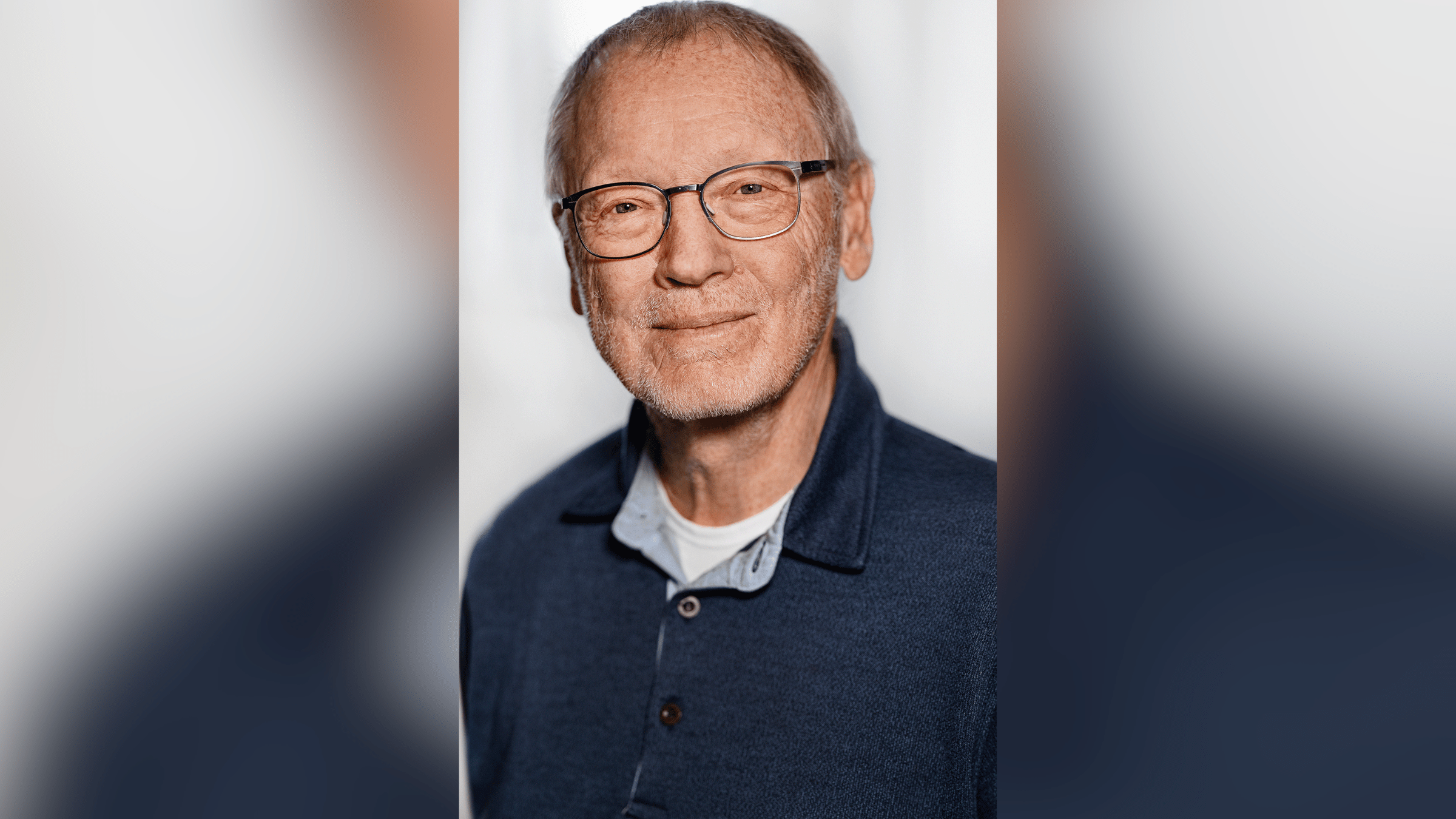When you buy through links on our internet site , we may realize an affiliate commission . Here ’s how it works .
Two U.S. scientists have win theNobel Prizein chemical science for discovering a primary way the billions of cells in the organic structure sense their environment , the Royal Swedish Academy of Sciences announce today ( Oct. 10 ) .
In groundbreaking enquiry , Robert Lefkowitz and Brian Kobilka figured out the inner workings of so - holler G - protein – pair receptors ( GPCRs ) . These receptor , or lilliputian sensors on cells , interact with the fight - or - flight of stairs internal secretion adrenalin ( also anticipate epinephrine),dopamine , serotonin , sluttish , flavor and odor .

Robert Lefkowitz (left) and Brian Kobilka (right) have won the 2012 Nobel Prize in Chemistry for their work on G-coupled-protein receptors.
In fact , in times of stress , a type of GPCR mediate the many effect of adrenaline , including dilation of pupil , constriction of line of descent vas and heart - rate increase .
" The work of Robert Lefkowitz and Brian Kobilka has avail us to sympathise more fully how our cellphone react to international influence such as the hormone adrenalin , " Martyn Poliakoff , foreign writing table and vice United States President of the Royal Society , said in a statement .
" Understandinghow our body prepare for fight or flightis just one of the software of their piece of work , which has also opened the doorway for a wide grasp of newfangled , more effective drug treatments with few side effects , " Poliakoff add .

These receptors mediate the effects of about half of all medicines , including beta - blocking agent , antihistamine and several psychiatric medications . GCPRs are also quite complex , and so trying to visualize one of them seemed an elusive destination .
In 2011 , Kobilka his inquiry team did just that , capturing an image of one GCPR called β - adrenergic sensory receptor ( it binds with the hormone adrenaline ) just as it was trip by the hormone and sending a signaling into the cell . " This effigy is a molecular masterpiece – the resultant role of decades of enquiry , " harmonize to a statement on the Nobel Prize website . [ In Photos : Nobel Prize winner 2012 ]
When the Royal Society send for to let Kobilka get it on of his honor — it was the middle of the nighttime for him in California — he drop it . Luckily , they called again , but even then Kobilka thought it was a prank . " I thought it was some ally initially . But I do n’t have friends with a really good Swedish accent so then I started believing it , " he said during an interview with the Nobel Prize website .

Kobilka , of Stanford University School of Medicine , and Lefkowitz , of Howard Hughes Medical Institute , Duke University Medical Center , will pick up their Nobel Prizes on Dec. 10 .
The Nobel Prizesin physiology or medicineandin physicswere harbinger Monday ( Oct. 8) and Tuesday ( Oct. 9 ) , severally ; the Nobels in Literature and in Peace will be announced Thursday and Friday , severally , with the Sveriges Riksbank Prize in Economic Sciences to be announce Monday , Oct. 15 .
















